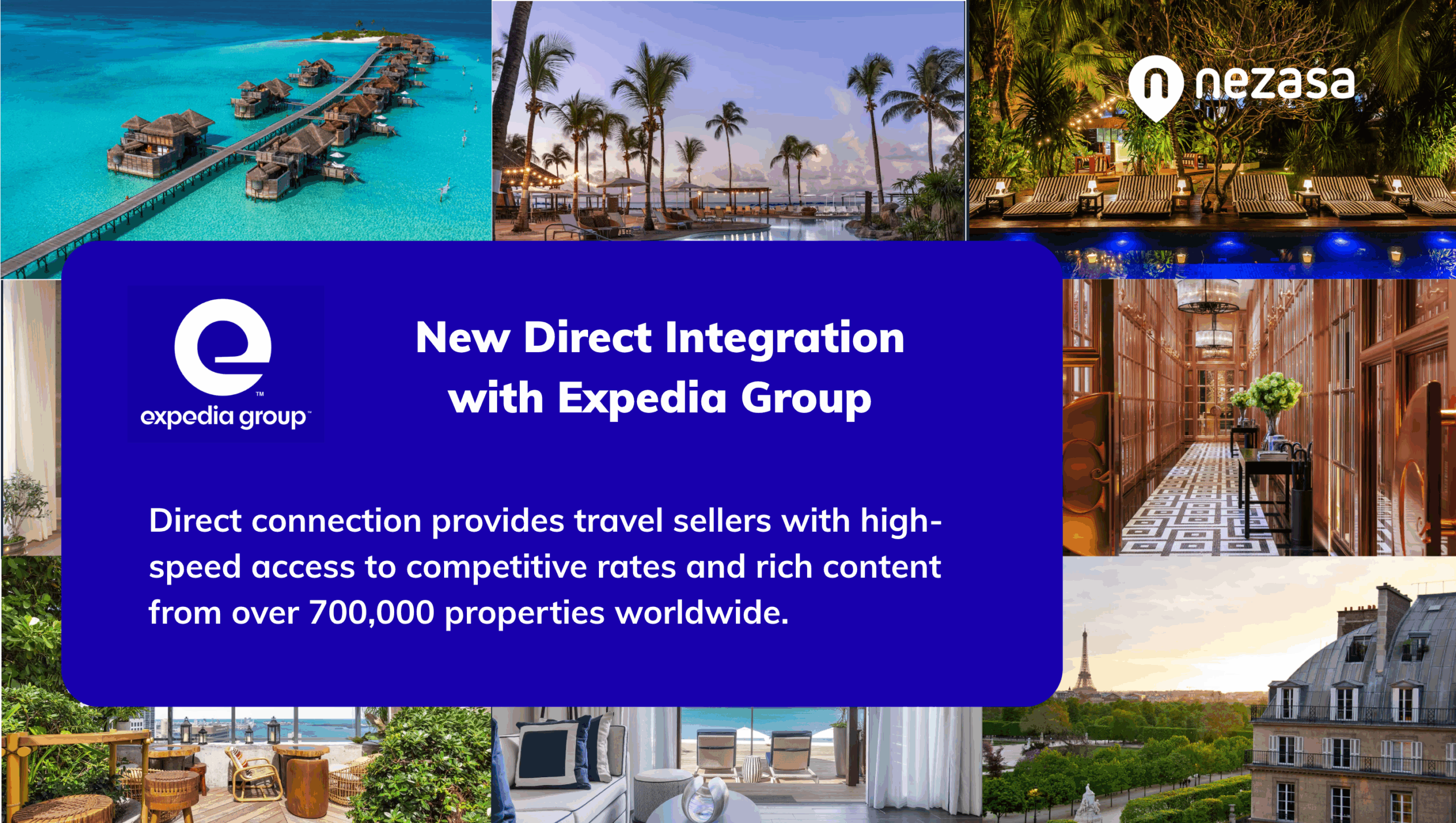The travel industry is currently all about personalisation. But what do we mean by personalisation and, more importantly, what does it mean to our customers?
To start, let’s ask Wikipedia for some basic definition: “Personalisation (broadly known as customisation) consists of tailoring a service or a product to accommodate specific individuals, sometimes tied to groups or segments of individuals.”
In a market that offers endless options and millions of products, personalisation can help to find the right products and to combine them into a memorable trip. In order to facilitate this, most suppliers aim to collect as many data points about their customers as possible. They analyse what you buy, your web-browsing and click history, the email campaigns you engage with, what you like and who you follow on social media and much more.
The goal? To understand your preferences and thereby, predict your intentions. With the collected data, they assess probabilities and adjust their offering accordingly. Meaning you will be presented the offers with the highest chance of converting you into a paying customer.
A question of complexity
Now, the big question is: do you trust these algorithms to compile your dream trip? The trip that perfectly matches you and your travel partner – and also your budget? I have my doubts. My experience tells me, that the current behavioural data algorithms can rarely predict and perfectly meet my travel needs. There are so many different aspects that I want to be fulfilled when travelling, and even more: those might change!
These needs may alter from trip to trip. First, I’ll spend a romantic get-away with my partner, later we will go on a family holiday with the kids. Afterwards, I may go on a road trip with my buddies. Actually, my needs might even change during the same trip!
Personalisation: giving you full control over your trip
When it comes to putting the trip together, the best agents are the travellers themselves. Algorithms may work incredibly well on single component products but most itineraries are far more complex.
The key is to provide the ability for your customers to create completely bespoke packages. Only they can judge if the hotel suits them in terms of location, services and price (of course with some guidance from you). Only they know if they want to stay seven nights in the city, or split their time between the city and the beach resort.
It also goes far beyond that. Personalisation must give your customers the freedom of choosing which product to book and when. You can attempt to influence their decision-making process, but ultimately they will book when they are ready to. This could be months before departure, days before or even during the trip.
My credo is to give as much control into the hands of the customer as possible. Within this context hyper-personalisation, therefore, means to tender relevant and distinguished products. And to let the customer decide which ones to book – and most importantly, when.
If you found this article interesting, you might also want to check out: Automation vs Personalisation.


